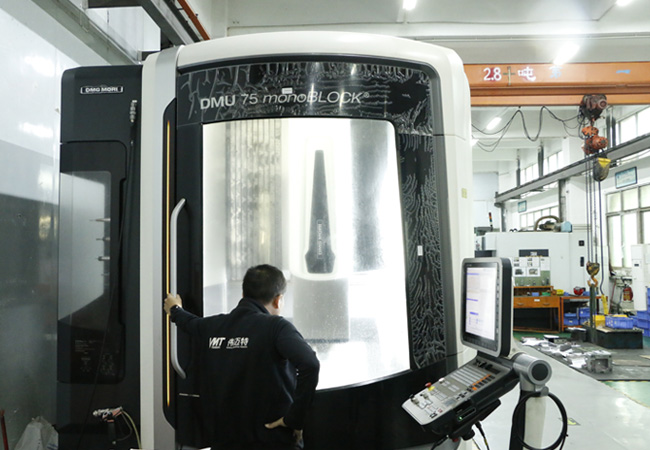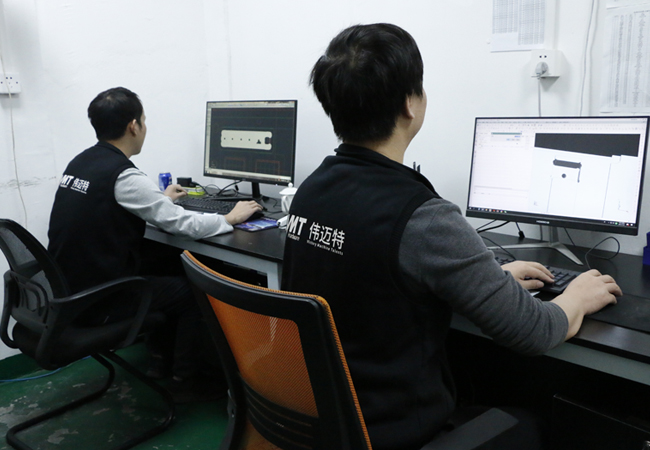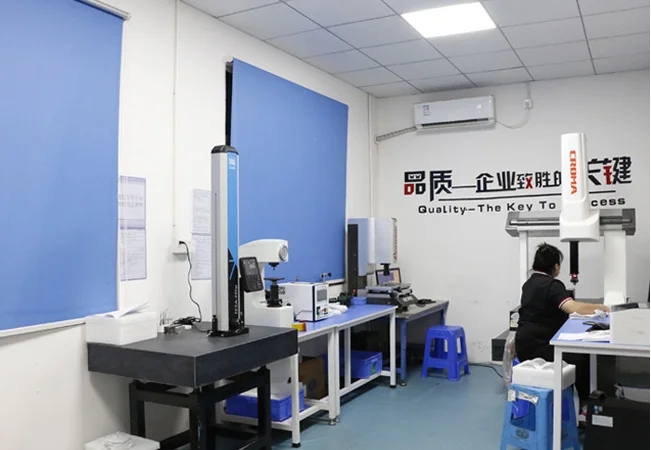How to Calculate 5-Axis CNC Machining Prices?
5-axis machining is an advanced CNC machining technology that can control 5 axes of a machine tool simultaneously to produce complex parts. 5-axis machining sounds expensive, and not understanding why can affect your decision. If you misunderstand, you may end up overpaying or underestimating the cost. The price of 5-axis CNC machining services depends on the equipment, part complexity, material, and precision. The average price ranges from $75 to $250 per hour.
Read on to learn the cost breakdown and how to reduce costs for your part machining projects.
What is 5-axis CNC Machining?
5-axis machining is a high-precision machining method in which the tool moves in five directions simultaneously. Compared to 3-axis machining, 5-axis machining requires fewer setups to machine complex geometries. The additional axis enables the tool to approach the part from nearly any angle, allowing for efficient contouring and multi-surface machining. This technology is widely used in high-performance industries such as aerospace, automotive, and medical.
Machine tools such as 5-axis milling machines, CNC vertical machining centers, and multi-axis CNC machining systems enable parts to be machined faster and with less error.

What Is the Average Price of 5 Axis CNC Machining?
The cost structure of cnc machining 5 axis varies by region, material, and complexity.
1. Regional Hourly Rates
| Region | Hourly Rate (USD) | Notes |
|---|---|---|
| USA | $120–$250 | High labor costs, stringent quality control, advanced technology. |
| Europe | $100–$200 | Reliable quality, stable supply chains, moderate labor costs. |
| China | $50–$120 | Cost-effective, efficient turnaround times, growing technological sophistication. |
2. Part-Based Pricing
| Part Type | Price Range (USD) | Key Cost Drivers |
|---|---|---|
| Aluminum Bracket | $50–$200 | Material size, surface finish, and dimensional tolerance. |
| Titanium Implant | $200–$500 | Biocompatibility requirements, precision, polishing needs. |
| Steel Housing | $150–$400 | Material hardness, heat resistance, and machining complexity. |
Note: The above prices are estimates and are for reference only. Actual costs may vary depending on market conditions and project specifics.
How to Calculate 5-Axis CNC Machining Prices?
The price of 5-axis CNC machining can be broken down into several key components, each contributing to the overall cost. Here’s a clear explanation of each part:
1. Machine Time × Hourly Rate
Machine time refers to the duration the machine operates to manufacture the part. More complex designs or harder materials require longer processing times. Hourly rates vary by region and machine type, with advanced equipment or regions with higher labor costs commanding higher rates.
2. Programming Cost
Programming involves converting your design into machine-readable instructions. This step is performed by skilled technicians and depends on the complexity of the part. The more intricate the design or unique the machining paths, the higher the programming cost.

3. Setup Fee
Setup fees cover preparing the machine for production, including mounting fixtures, calibrating tools, and adjusting parameters. This cost is typically fixed but can be significant for small-batch production, as it’s spread over fewer parts.
4. Material Cost
Material costs are determined by the type and quantity of raw materials required. For example, titanium and stainless steel are generally more expensive due to their hardness and heat resistance compared to aluminum or plastics.
5. Finishing Process
Finishing processes include post-machining treatments such as polishing, painting, anodizing, or heat treatment. These steps improve the appearance and performance of the part, with costs varying based on the specific requirements.
6. Inspection and Packaging Costs
Inspection costs ensure the part meets quality and precision standards, such as verifying tolerances or conducting stress tests. Packaging costs cover protective measures to safely transport the parts to their destination without damage.

Why Is 5 Axis CNC Machining More Expensive Than 3 Axis?
The advanced capabilities of five axis cnc come at a premium. First, the equipment cost is significantly higher. A 5 axis machining center manufacturer typically sells these systems between $250,000–$1,000,000. Also, the software used for multi-axis machining is more sophisticated and costly.
Skilled programmers and operators are required, further adding to labor costs. Tight tolerances, such as 0.01 mm, mean longer cycle times, strict process control, and more rigorous quality assurance.
How to Reduce the Cost of 5-Axis CNC Machining?
Reducing the cost of 5-axis CNC machining involves strategic planning and smart design choices. Here’s how you can effectively lower expenses:
1. Simplify Design
Streamline your design by reducing complex features like undercuts, deep cavities, or intricate geometries. Simpler designs require less machining time and reduce programming and setup costs, leading to significant savings.
2. Use Standard Materials
Opt for widely available and easy-to-machine materials like 6061 aluminum or 304 stainless steel instead of exotic alloys. These materials are not only cheaper but also faster to process, reducing both material and machining costs.
3. Group Similar Parts
If you have multiple parts with similar geometries, group them into a single production run. This minimizes machine setup time and allows for efficient tool usage, reducing per-part costs, especially for small-to-medium batch sizes.
4. Consolidate Finishing Processes
Batch finishing processes like anodizing, painting, or polishing to handle multiple parts at once. Vendors often offer discounted rates for bulk finishing, which can lead to considerable savings compared to treating each part individually.
5. Collaborate with Experts
Work with experienced vendors who can provide valuable insights on Design for Manufacturability. Such as VMT, they can suggest adjustments to your design that retain functionality while minimizing machining complexity and cost.
Start Your 5 axis Machining Project at VMT
At VMT, we use 100+ CNC machines including 5 axis mill, cnc vertical machining center, and cnc horizontal machine systems. With precision up to ±0.01 mm, 6 senior engineers, and in-house surface treatment specialists, we guarantee quality with fast delivery.
We support CAD analysis, DFM suggestions. Whether it’s machining 5axis, multi axis milling, our capabilities cover your prototyping to mass production needs.
Frequently Asked Questions About 5-axis CNC Machining Price
How does Part Design Affect 5-axis CNC Machining Costs?
Designs with sharp internal corners, deep grooves or chamfers typically require longer runs. If the part cannot be machined in a single fixture, multiple setups are required. This increases the cost of re-clamping, re-zeroing and manual intervention.
Parts that align with the natural motion of a 5-axis machining center, such as aerospace parts with smooth contours, benefit the most. Redesigning for improved manufacturability can significantly reduce costs.
Is 5-axis CNC Machining Economical for low-volume Production?
Yes, especially if part geometry is complex and cannot be produced with simpler setups. With the flexibility of a 5-axis or 12-axis CNC machine, one fixture can handle machining needs for multiple surfaces.
Less cost-effective for simple parts or high-volume production unless modular fixtures are used. In small batches (under 100 pieces), 5-axis reduces human error and improves repeatability.



